Quality, Efficiency & Sustainability in Plumbing
Modern plumbing systems have evolved beyond basic functionality to embrace quality craftsmanship, resource efficiency, and environmental responsibility. This comprehensive guide explores how sustainable plumbing practices can reduce environmental impact while ensuring long-term performance and cost savings. Whether you’re a homeowner planning renovations or a professional seeking industry standards, discover how quality materials, efficient designs, and eco-friendly approaches are reshaping the plumbing landscape.
Plumbing Guide Resources
This category is part of our comprehensive Plumbing Guide, offering expert insights on various plumbing topics.
Understanding Quality, Efficiency & Sustainability in Modern Plumbing
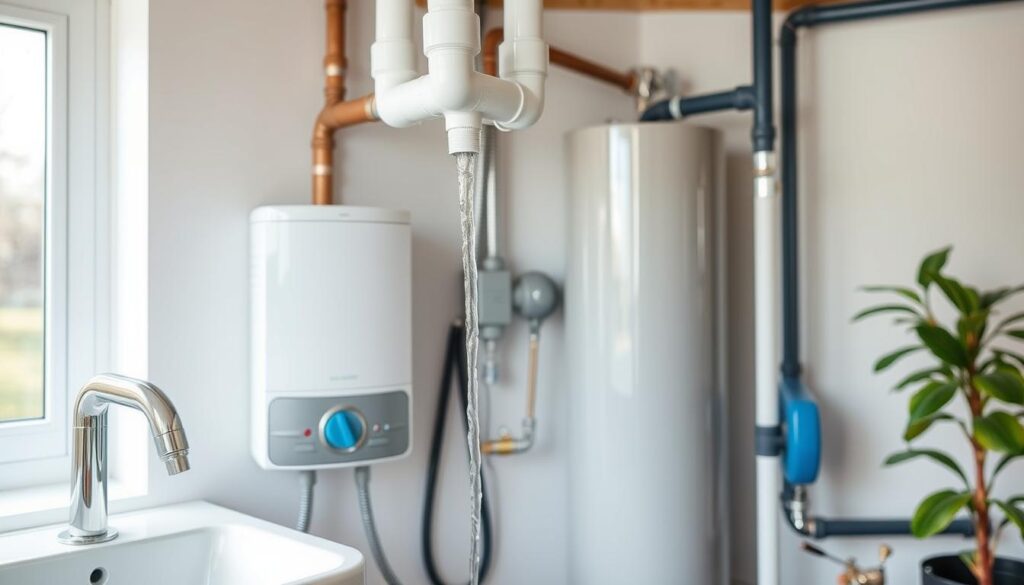
Quality Standards
Professional-grade materials and installation techniques that ensure durability, safety, and compliance with industry regulations.
Efficiency Measures
Systems designed to optimize water and energy usage while maintaining or improving performance and user experience.
Sustainability Practices
Environmentally responsible approaches that reduce resource consumption, waste, and long-term ecological impact.
By integrating these three elements, modern plumbing systems can deliver exceptional performance while supporting broader environmental goals and reducing utility costs for property owners.
Water Conservation in Plumbing Systems
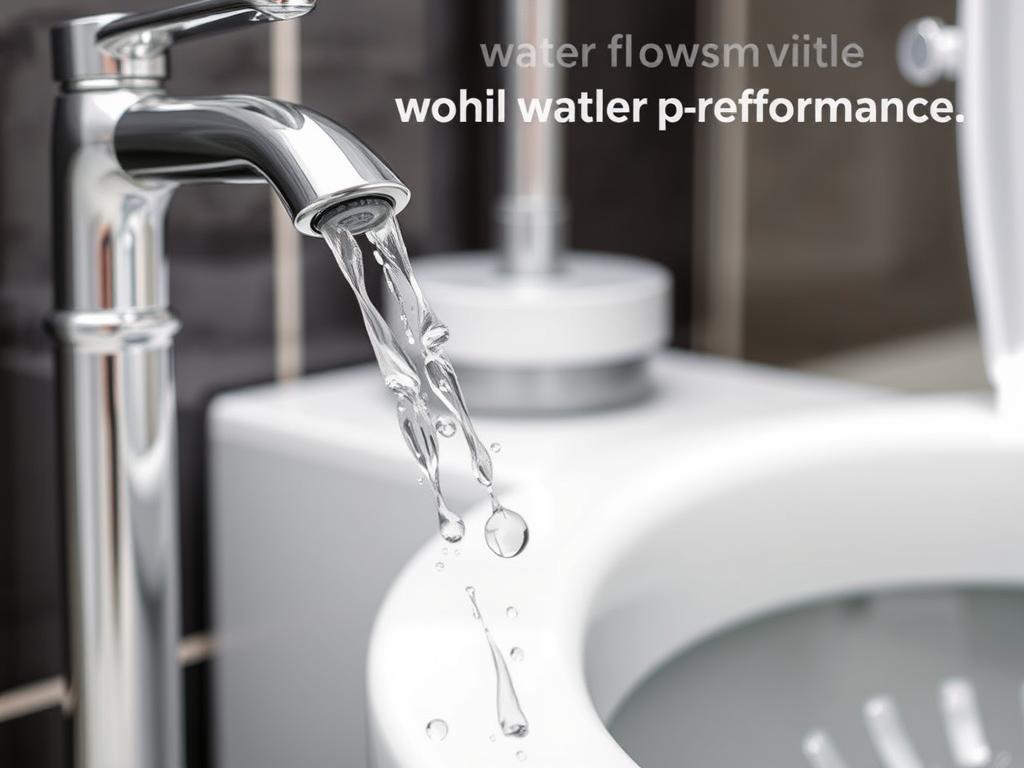
Water conservation represents one of the most significant opportunities for sustainable plumbing. With the average household using over 300 gallons of water daily, implementing water-efficient fixtures and systems can dramatically reduce water consumption without compromising functionality.
Water-Saving Technologies and Fixtures
- Low-flow faucets and showerheads that reduce water usage by up to 30% while maintaining pressure
- Dual-flush toilets offering different flush volumes for liquid and solid waste
- Smart irrigation systems that adjust watering schedules based on weather conditions
- Pressure-reducing valves that prevent excessive water flow throughout the system
- Leak detection technologies that identify and alert to potential water waste
Advanced Water Management Systems
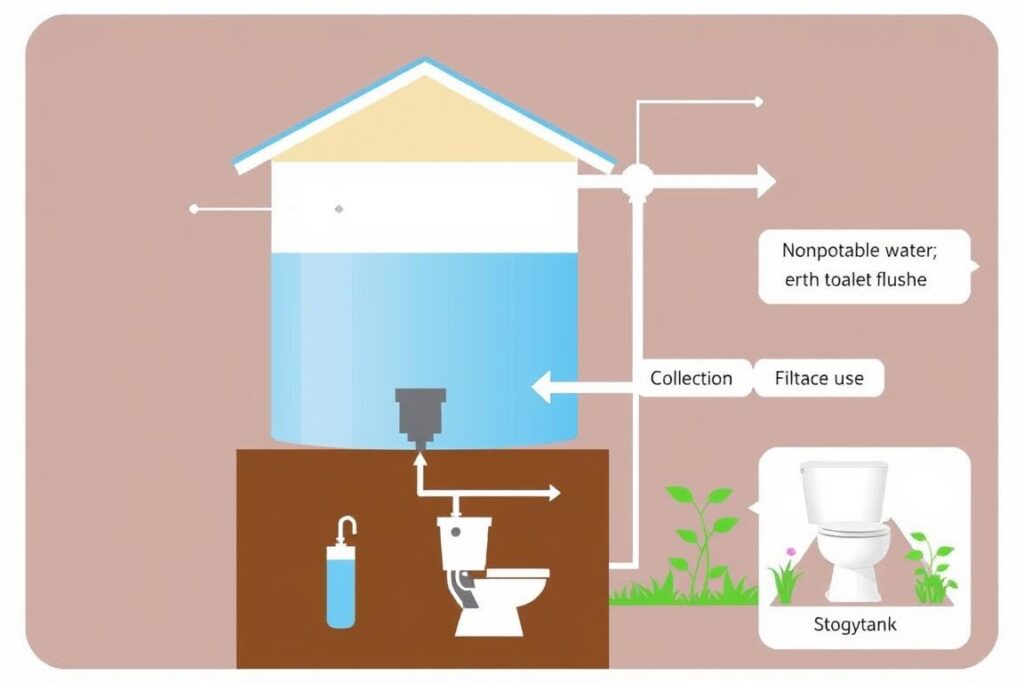
Beyond basic fixtures, comprehensive water management systems offer significant conservation benefits:
Rainwater Harvesting
Collection systems capture rainwater from roofs and other surfaces, storing it for irrigation, toilet flushing, and other non-potable uses. These systems can reduce municipal water consumption by 30-50% in many households.
Greywater Recycling
Systems that capture, filter, and reuse water from sinks, showers, and washing machines for irrigation or toilet flushing, creating a closed-loop system that maximizes water efficiency.
Explore Water Efficiency Solutions
Discover comprehensive guides, product recommendations, and installation tips for water-efficient plumbing systems.
Energy Efficiency in Plumbing
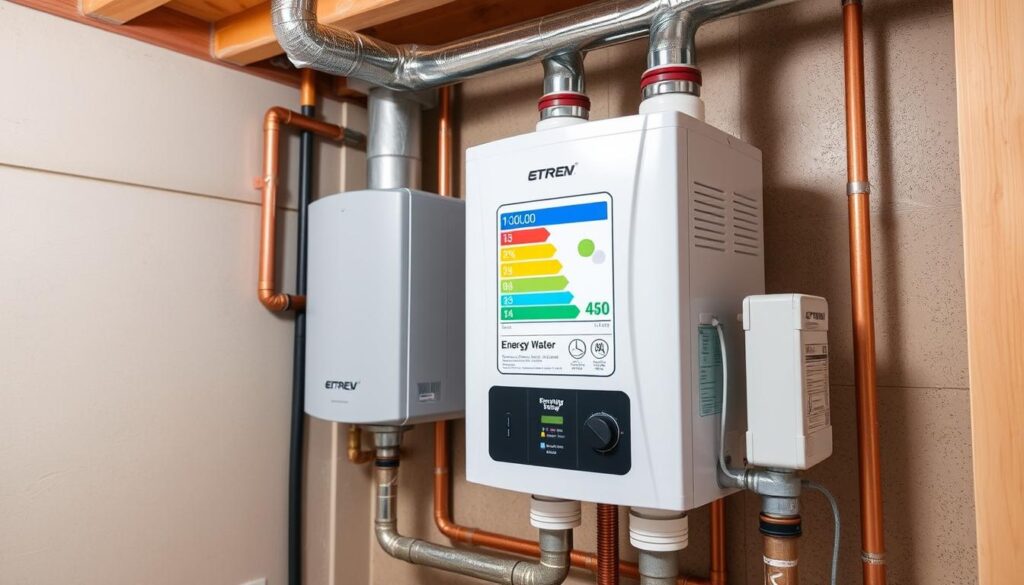
Energy consumption in plumbing systems primarily revolves around water heating, which accounts for approximately 18% of home energy use. Implementing energy-efficient technologies can significantly reduce this consumption while maintaining performance.
Tankless Water Heaters
Heat Pump Water Heaters
Solar Water Heating
System Optimization Strategies
- Pipe insulation to minimize heat loss during water transport
- Hot water recirculation systems that reduce water waste while waiting for hot water
- Strategic placement of water heaters to minimize pipe runs
- Proper sizing of water heating systems to match actual household needs
- Regular maintenance to ensure optimal system performance
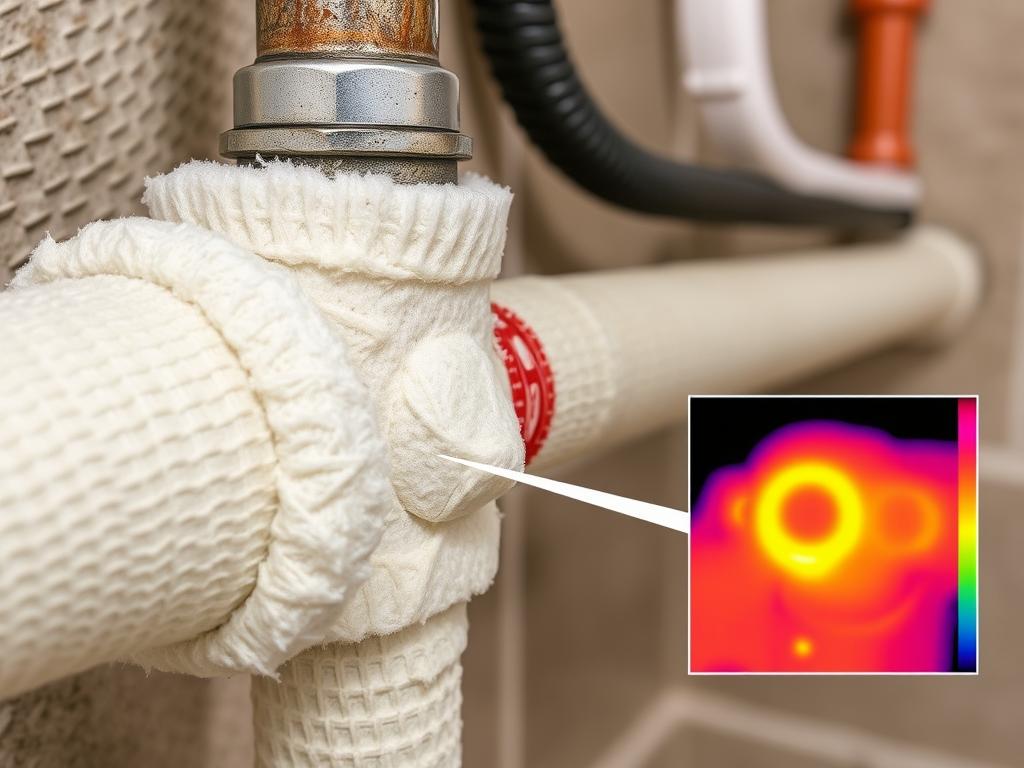
Energy Savings Potential: Implementing comprehensive energy efficiency measures in plumbing systems can reduce related energy consumption by 30-50%, resulting in significant utility bill savings while reducing environmental impact.
Sustainable Materials in Plumbing
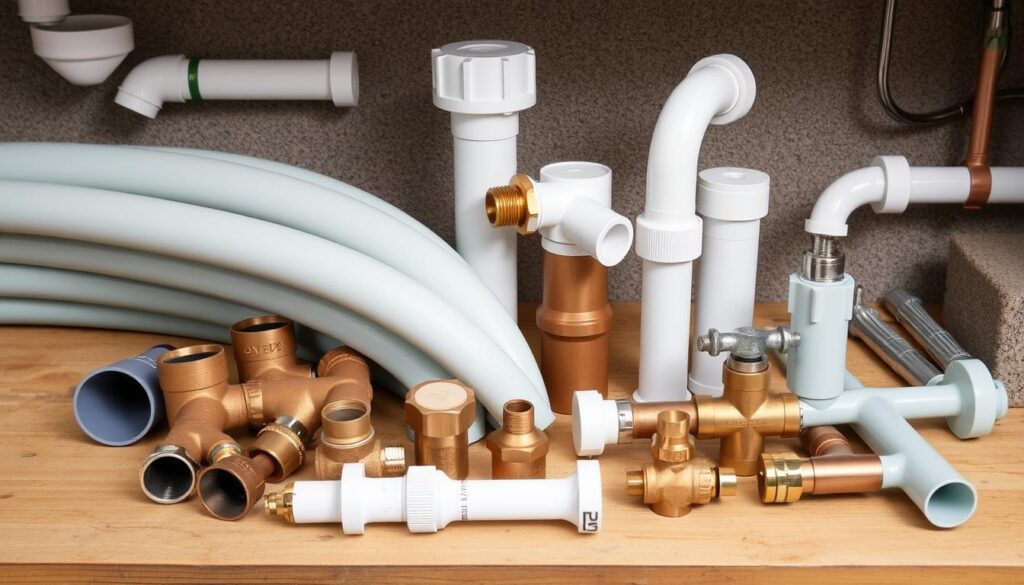
The environmental impact of plumbing extends beyond water and energy usage to the materials themselves. Sustainable material choices consider factors such as resource extraction, manufacturing processes, durability, and end-of-life recyclability.
Eco-Friendly Piping Options
| Material | Environmental Benefits | Durability | Applications |
|---|---|---|---|
| PEX (Cross-linked Polyethylene) | Lower manufacturing energy, fewer fittings needed, recyclable | 50+ years | Water supply lines, radiant heating |
| Recycled Copper | Reduces virgin material extraction, 100% recyclable | 70+ years | Water supply, solar water heating |
| HDPE (High-Density Polyethylene) | Recyclable, lower carbon footprint than metal | 50+ years | Drainage, greywater systems |
| Stainless Steel | Highly recyclable, corrosion-resistant without coatings | Lifetime | Water supply, specialized applications |
Sustainable Fixtures and Components
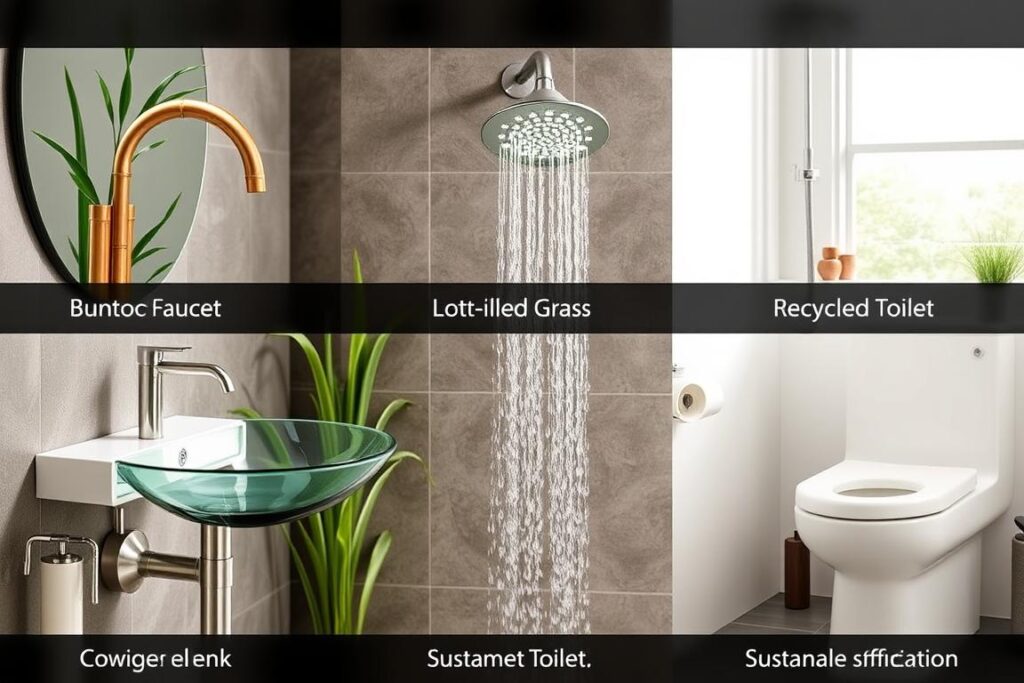
- Pipe insulation to minimize heat loss during water transport
- Hot water recirculation systems that reduce water waste while waiting for hot water
- Strategic placement of water heaters to minimize pipe runs
- Proper sizing of water heating systems to match actual household needs
- Regular maintenance to ensure optimal system performance
“The most sustainable plumbing material is one that lasts for decades without needing replacement, is manufactured with minimal environmental impact, and can be recycled at the end of its useful life.”
– Green Building Council
Quality Inspection and Testing Standards
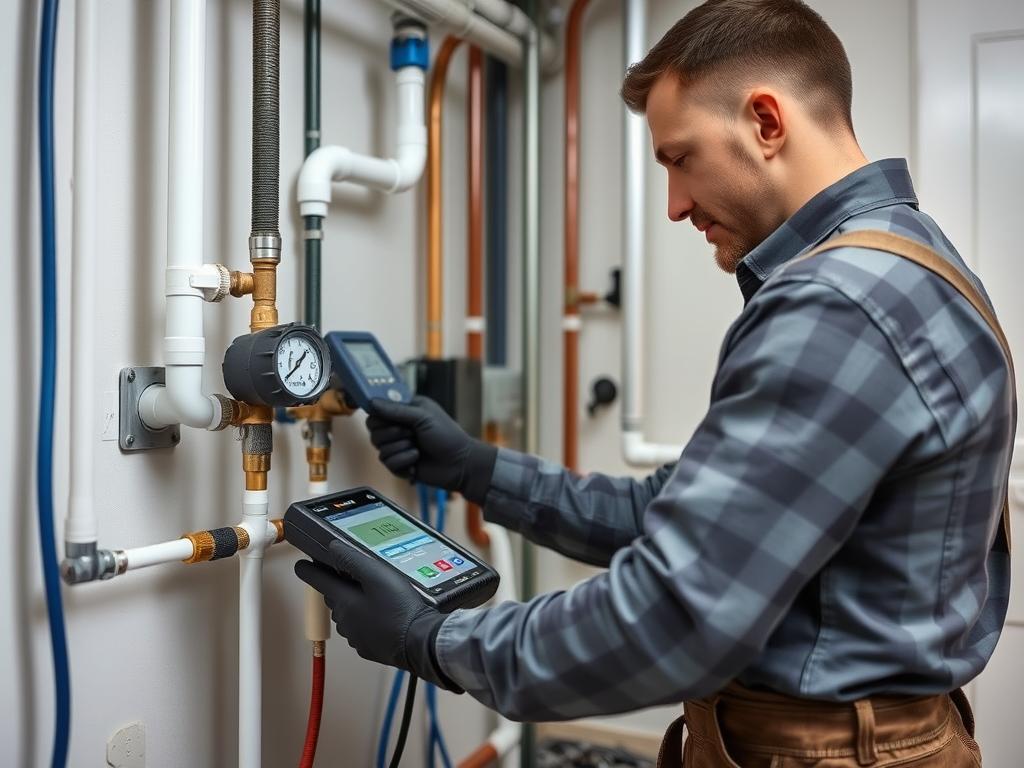
Quality assurance in plumbing systems ensures longevity, safety, and optimal performance. Proper inspection and testing protocols are essential for identifying potential issues before they lead to failures, leaks, or inefficiencies.
Essential Inspection Procedures
- Pressure testing to verify system integrity and identify potential leaks
- Flow rate measurement to ensure proper water delivery
- Backflow prevention testing to protect potable water supplies
- Camera inspection of drainage systems to identify blockages or damage
- Water quality testing to verify potability and system cleanliness
Professional Standards and Certifications
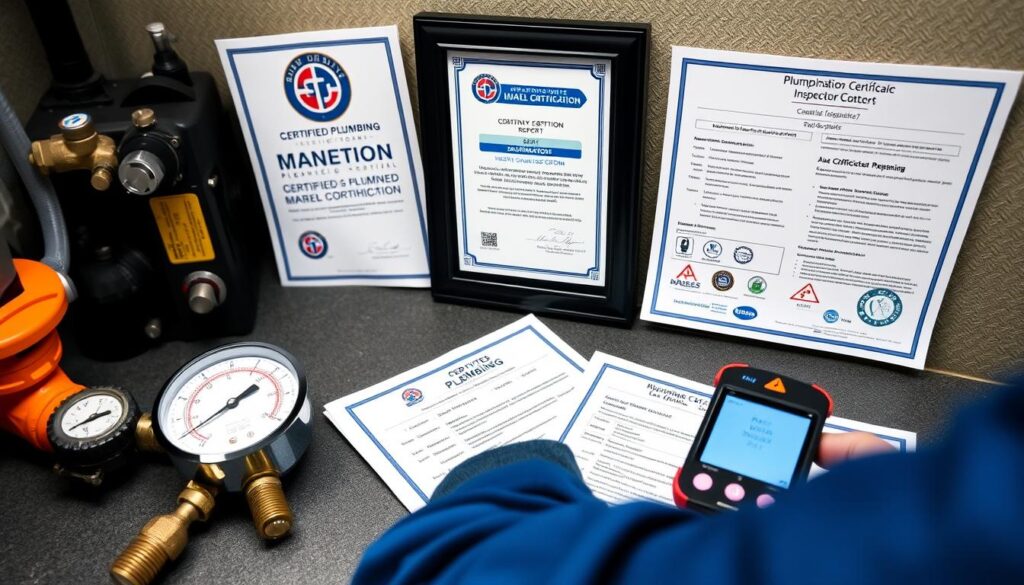
NSF/ANSI Standards
WaterSense Certification
UPC/IPC Compliance
Explore Quality Standards Resources
Access comprehensive inspection checklists, testing protocols, and certification guidelines for plumbing systems.
Case Studies: Quality, Efficiency & Sustainability in Action
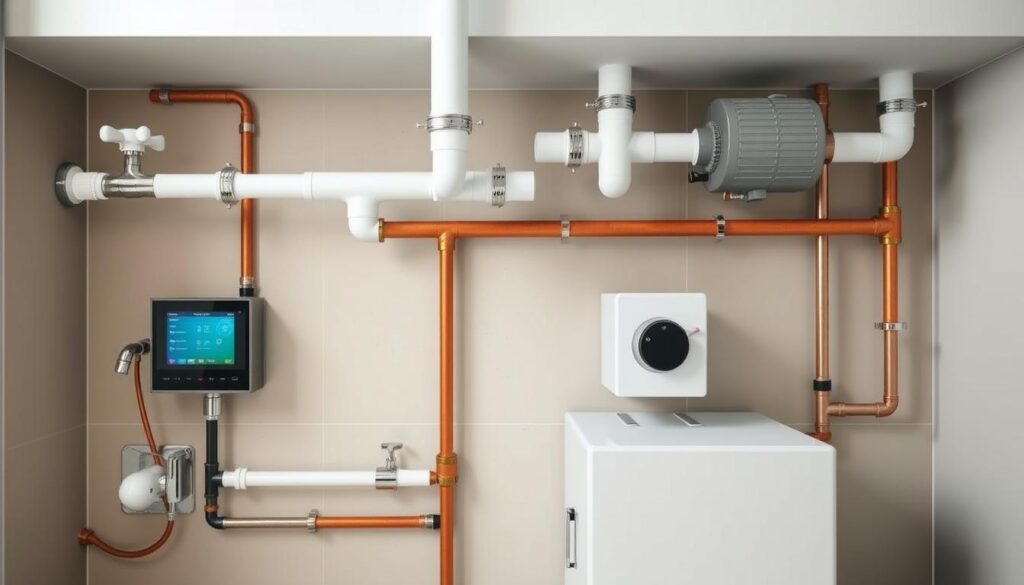
Residential Retrofit
A 1970s home updated with water-efficient fixtures, tankless water heating, and PEX piping achieved 45% reduction in water usage and 30% lower energy bills while improving water pressure and performance.
Commercial Building
Office complex implementing comprehensive water management system with rainwater harvesting, greywater recycling, and smart fixtures reduced municipal water consumption by 62% and achieved LEED Platinum certification.
Multi-Family Housing
Apartment building renovation featuring centralized high-efficiency water heating, leak detection systems, and water-saving fixtures resulted in 40% utility cost reduction and significantly extended system lifespan.
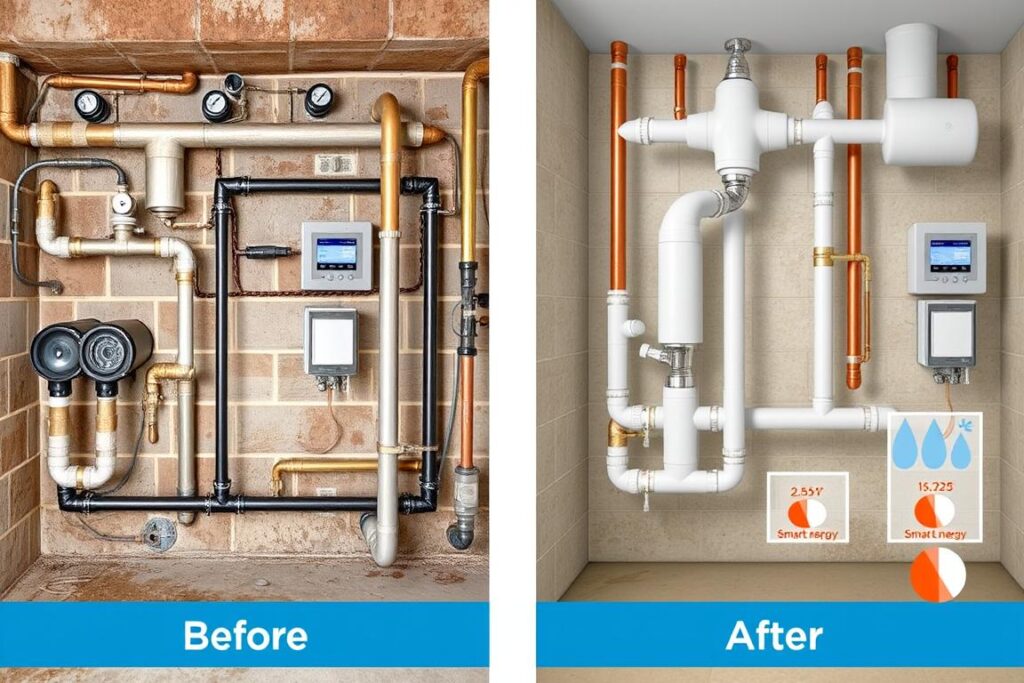
Implementation Guide: Steps Toward Sustainable Plumbing
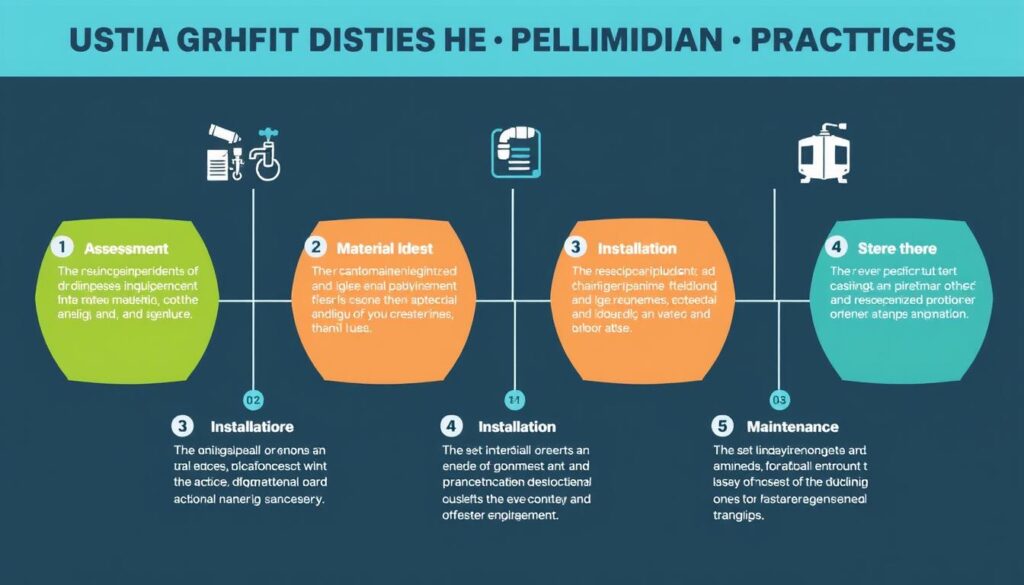
For Homeowners and Property Managers
- Assessment: Evaluate current water usage, energy consumption, and system condition
- Prioritization: Identify high-impact improvements based on budget and goals
- Professional Consultation: Work with certified plumbers familiar with sustainable practices
- Material Selection: Choose quality, eco-friendly materials appropriate for your needs
- Implementation: Install new systems or upgrade existing components
- Testing: Verify proper function, efficiency, and compliance with standards
- Monitoring: Track water and energy usage to confirm improvements
For Plumbing Professionals
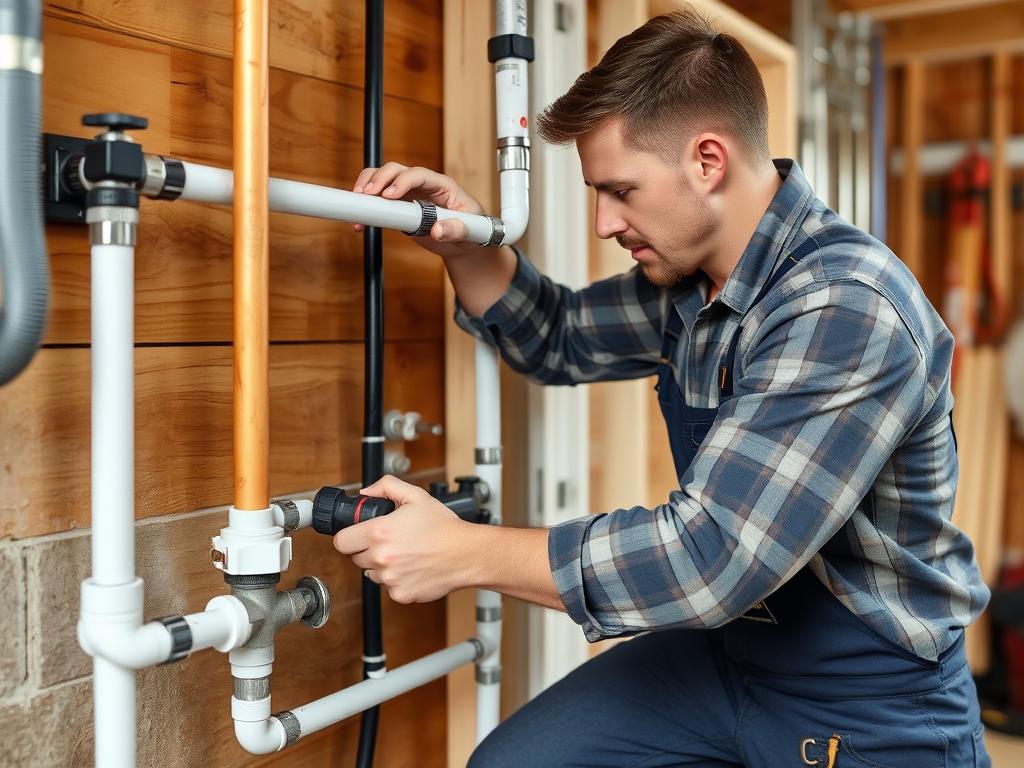
- Stay current with evolving efficiency standards and certification requirements
- Develop expertise in sustainable materials and installation techniques
- Invest in advanced testing and monitoring equipment
- Build relationships with suppliers of quality, sustainable products
- Document water and energy savings to demonstrate value to clients
- Provide comprehensive maintenance guidance to ensure long-term performance
Benefits of Implementation
- Reduced utility costs over system lifetime
- Improved performance and reliability
- Increased property value
- Reduced environmental impact
- Potential rebates and incentives
Implementation Challenges
- Higher initial investment costs
- Finding qualified professionals
- Navigating building codes and permits
- Disruption during installation
- Balancing multiple priorities
Additional Resources
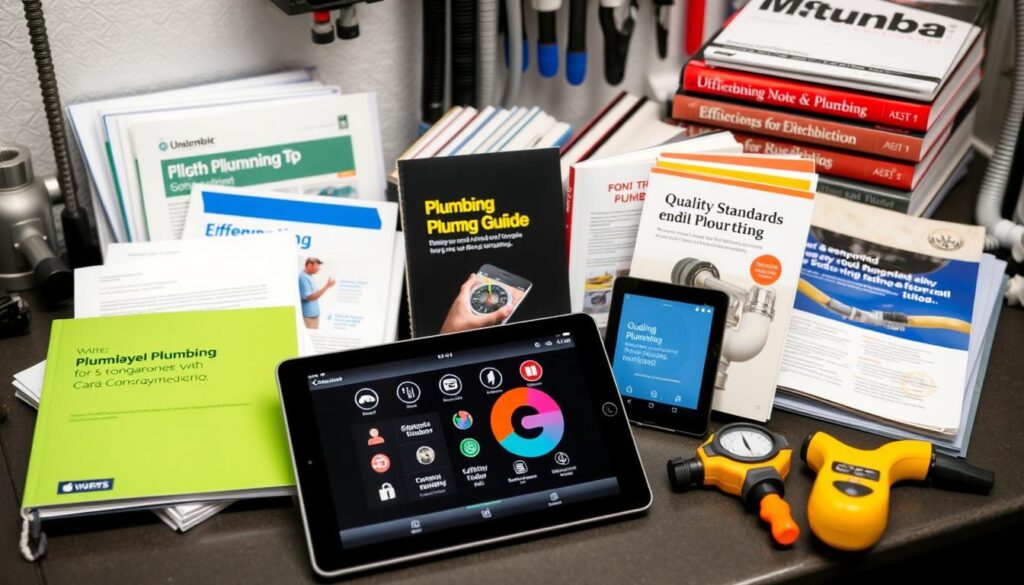
Guides & Checklists
- Water Efficiency Audit Checklist
- Sustainable Materials Selection Guide
- Energy-Efficient Water Heating Comparison
- Plumbing System Inspection Protocol
- DIY Leak Detection Guide
Calculators & Tools
- Water Savings Calculator
- Energy Efficiency ROI Estimator
- System Sizing Calculator
- Water Pressure Optimization Tool
- Material Cost Comparison Tool
Professional Development
- Sustainable Plumbing Certification
- Water Efficiency Installation Training
- Green Building Code Compliance
- Advanced Testing Techniques
- Customer Education Resources
Explore Our Complete Plumbing Guide
Discover comprehensive resources on plumbing systems, installation techniques, maintenance best practices, and more in our full Plumbing Guide.
Frequently Asked Questions
What is the typical return on investment for water-efficient plumbing upgrades?
Most water-efficient plumbing upgrades pay for themselves within 2-5 years through reduced utility bills. Low-flow fixtures typically have the fastest ROI (1-3 years), while comprehensive system upgrades like tankless water heaters or greywater recycling systems may take 3-7 years to recoup costs, depending on local utility rates and usage patterns.
How do I know if my plumbing system meets current efficiency standards?
What are the most important quality indicators for plumbing materials?
